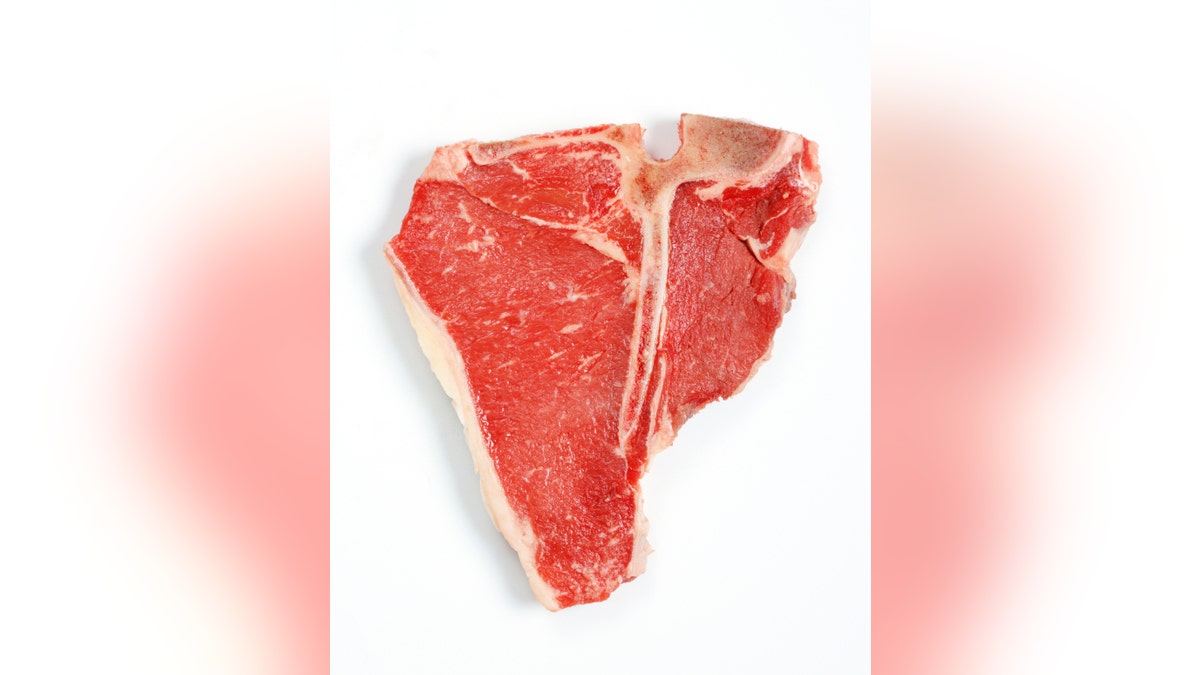
How safe is that t-bone steak? (iStock)
The USDA is looking to give even more nutritional information to consumers nowadays. First, the nutrition labels were overhauled and redesigned and now USDA-grade beef will come with a warning label specifying whether or not it has been mechanically tenderized.
Although the tenderization process is common, it has actually been linked to the spreading of E.coli and salmonella, which might have increased foodborne pathogens over the past several years.
When the mechanical blades cut into the tenderized meat, they also push in external bacteria. Meat has to be cooked to 145 degrees F or hotter in order to kill off any bacteria, or risk the transfer of E. coli or salmonella. About 11 percent of all beef is mechanically tenderized, which makes the meat less tough and easier to chew, according to an infographic from the USDA.
(USDA.gov)
Now customers will be able to choose on their own, with clear labels, if they’re willing to take the risk of buying beef that could be contaminated with dangerous bacteria.
More from The Daily Meal
Meat Your Match: Does Beef Really Kill?
McDonald’s Puts Fresh Beef to the Test
Beef Prices Increase to All-Time High
